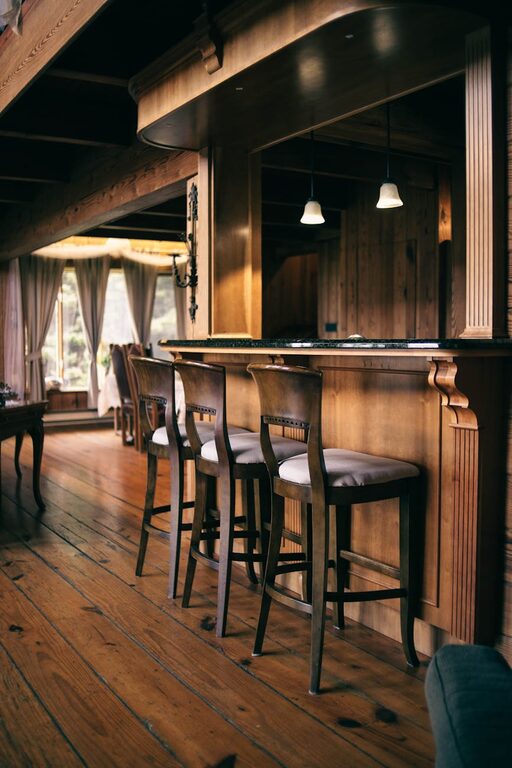Creating a comfortable and inviting home environment often starts with the right lighting. Good lighting not only enhances the beauty of your space but also affects your mood, productivity, and overall comfort. Whether you’re redesigning your living room or upgrading your bedroom lights, choosing the right lighting can feel overwhelming due to the many options available.
In this post, we’ll share useful tips to help you select comfortable home lighting that fits your needs, style, and lifestyle. From understanding different types of lighting to selecting the best bulbs and fixtures, these guidelines will make your decision-making easier.
Why Comfortable Lighting Matters
Lighting affects how we see and interact with our environment. Harsh lighting can cause eye strain and make a room feel cold, while soft, well-placed lights create a warm and welcoming atmosphere. Comfortable lighting improves relaxation, supports daily activities, and highlights your home’s best features.
Types of Home Lighting
Before diving into tips, it helps to know the three main types of lighting used in homes:
1. Ambient Lighting
This is the general, overall light that fills the room. Examples include ceiling-mounted fixtures, chandeliers, or wall-mounted lights. Ambient lighting sets the basic tone and ensures safe movement throughout the space.
2. Task Lighting
This type focuses light on specific areas where you need it for activities such as reading, cooking, or working. Desk lamps, under-cabinet lights, and pendant lights over kitchen counters are common task lighting examples.
3. Accent Lighting
Used to highlight features like artwork, architectural details, or plants, accent lighting adds depth and drama to your rooms. Spotlights, track lighting, and LED strips often serve this purpose.
Tips for Choosing Comfortable Home Lighting
1. Consider the Purpose of Each Room
Think about how you use each room to determine the appropriate lighting. For example:
– Living room: Needs a mix of ambient and accent lighting for relaxing, entertaining, and reading.
– Kitchen: Bright task lighting is essential for cooking, with ambient light for overall visibility.
– Bedroom: Soft, warm lighting promotes relaxation and restful sleep. Consider dimmable lights.
– Bathroom: Bright, even lighting is key for grooming tasks, but avoid harsh shadows.
2. Choose the Right Light Color Temperature
Light bulbs come in various color temperatures measured in Kelvins (K). This greatly affects the mood created:
– Warm white (2700K to 3000K): Cozy, soft light similar to traditional incandescent bulbs. Great for living rooms and bedrooms.
– Neutral white (3500K to 4100K): Balanced light, suitable for kitchens, bathrooms, and workspaces.
– Cool white (5000K and above): Bright, clear light often preferred in offices or garages where crisp visibility is needed.
Selecting warmer temperatures generally contributes to a more comfortable, inviting atmosphere in living spaces.
3. Opt for Adjustable Lighting
Lighting with dimming options allows you to customize brightness based on time of day or activity. Installing dimmer switches or using smart bulbs can help create flexible lighting scenarios that enhance comfort.
4. Layer Your Lighting
Use a combination of ambient, task, and accent lighting to avoid flat or overly bright spaces. Layered lighting adds dimension and lets you tailor the ambiance. For instance, combine overhead lights with table lamps and wall sconces for versatile lighting options.
5. Pay Attention to Bulb Quality
Buy good quality bulbs that offer consistent brightness and color rendering. Look for bulbs with a high Color Rendering Index (CRI), typically 80 or above, to ensure colors look natural under your lights.
Energy-efficient LED bulbs are ideal—they save electricity, produce less heat, and last longer than traditional bulbs.
6. Choose Fixtures That Complement Your Decor
Lighting fixtures are not just functional but also part of your interior style. Select designs that match your home’s aesthetic—from modern minimalism to rustic charm—to create a cohesive look.
7. Avoid Glare and Shadows
Improper lighting placement can cause glare or harsh shadows, which strain your eyes. Use lampshades, frosted bulbs, or indirect lighting methods like uplights or wall washers to diffuse light evenly.
8. Use Natural Light to Your Advantage
Maximize natural daylight by positioning furniture near windows and using light, sheer curtains. During the day, natural light can significantly improve comfort and reduce the need for artificial lighting.
9. Take Measurements and Plan Your Lighting Layout
Measure your room size before purchasing fixtures. Larger rooms may require multiple light sources to be evenly lit. Sketch a lighting plan to identify where to place ambient, task, and accent lights.
Final Thoughts
Choosing comfortable home lighting is a blend of art and science. By considering your room’s function, selecting the right bulb color and quality, layering your lighting, and paying attention to design and placement, you can transform your space into a cozy and welcoming haven.
Remember, lighting should support your lifestyle and enhance the mood you want in each room. With these tips in mind, you can confidently select lighting solutions that make your home both beautiful and comfortable.
Happy lighting!



